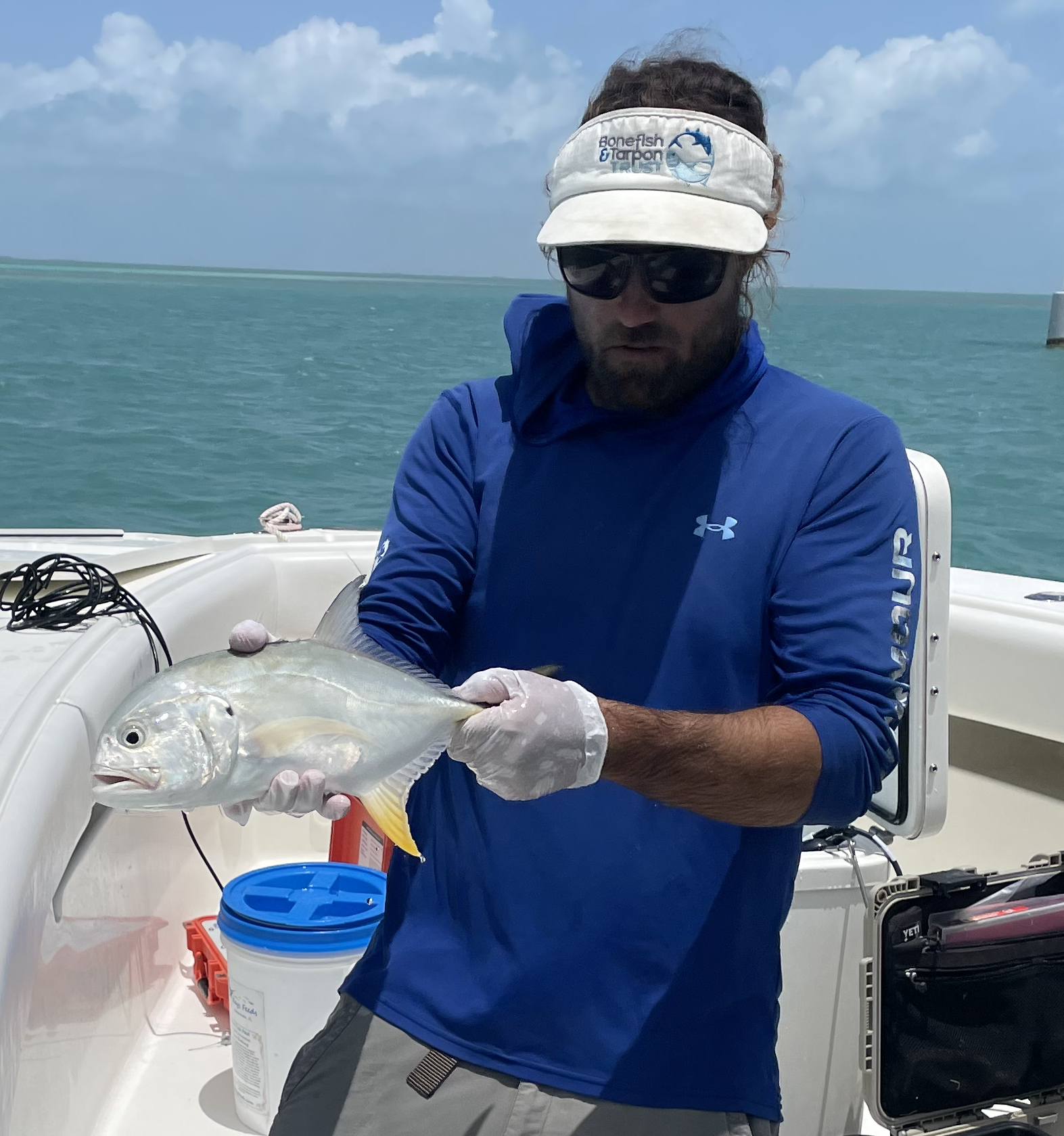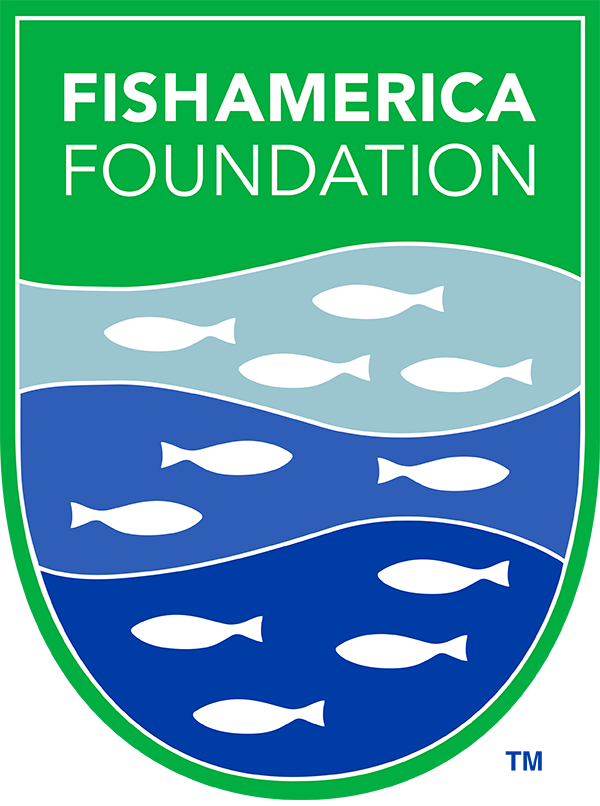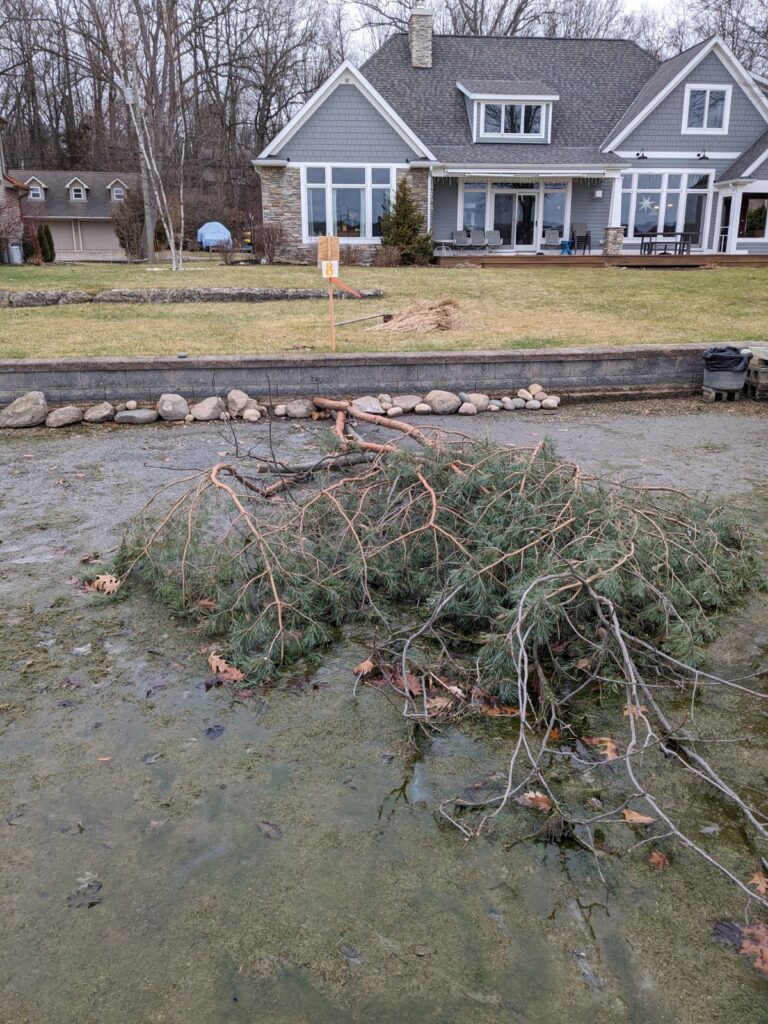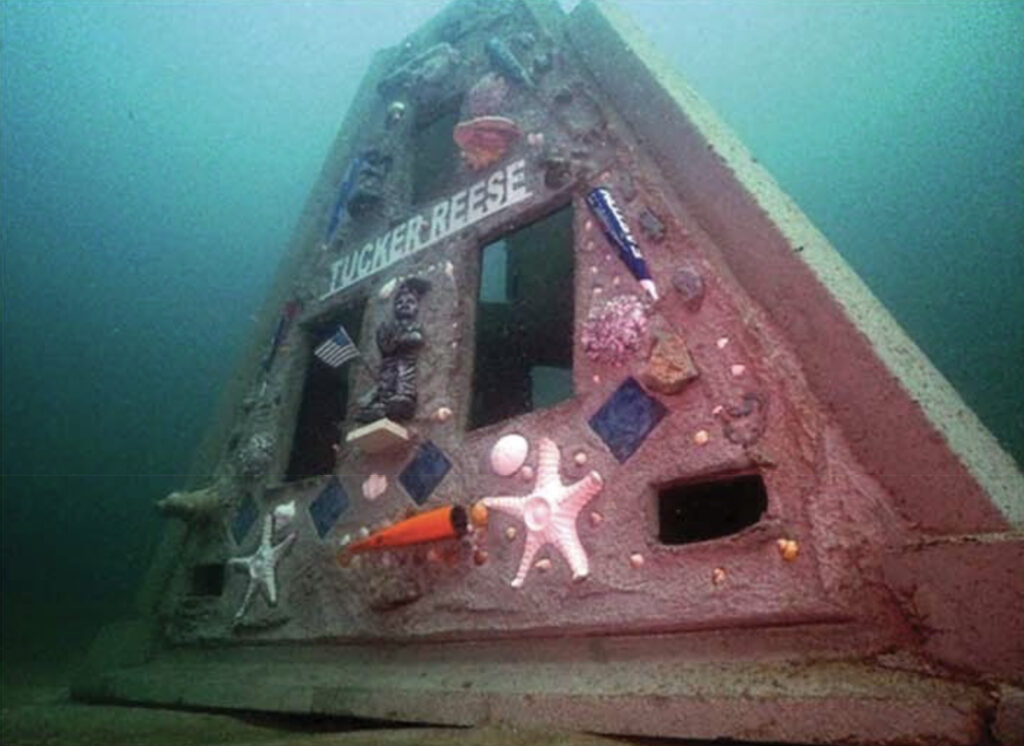project brief
Bonefish and Tarpon Trust and partners are investigating a "spinning fish" phenomenon affecting over 35 species in the Florida Keys, linked to toxic dinoflagellate blooms. Funding supports research, field surveys, and stakeholder outreach to assess impacts on fisheries, human health, and the local economy.
Bonefish and Tarpon Trust
Miami, FL
Award
$ 85,000
Funding Start Date
Jan 1, 2024
Funding End Date
Dec 31, 2024
Funding Partner
Project Objectives

Project Description
Sport fishing industry stakeholders in the Florida Keys are tracking an emerging concern that could have substantial negative impacts. The first reports of “spinning fish” date to October 2023, when ballyhoo were observed losing equilibrium, erratically swimming in circles upside down, and dying when exposed to light. Reports of this unusual behavior spread to more than 35 species, including snook, bonefish, permit, tarpon, redfish, all snapper species, sharks and rays. In the same area and over the same period, more than 30 sawfish have died. From November to February, approximately 77% of reports occurred between Sugarloaf Key and Big Pine Key. This phenomenon has spread rapidly into other areas east of Islamorada and west to Key West.
Bonefish and Tarpon Trust (BTT) and the Lower Keys Guides Association (LKGA) established a monitoring and research program to identify causes, ascertain potential impacts to fisheries and people, and inform future management actions. Partners include Florida Gulf Coast University, University of South Alabama, Florida International University, Florida Department of Environmental Protection, and Florida Fish and Wildlife Conservation Commission.
Thus far, BTT and LKGA have collected a large number of samples from fish, water, and benthic algae for analysis. Initial results show that affected fish were otherwise healthy. Likewise, there were no elevated contaminants, and the water parameters such as oxygen, salinity, and temperature were all within a normal range. However, benthic harmful algal bloom assessments identified extremely high toxic dinoflagellate (algae) that produce several types of toxins which are also present in sampled fish.
Much research and stakeholder outreach remain. Immediate research is needed to continue vital research that is central to fisheries, human health, and the economy of the Florida Keys. Using FishAmerica funding, BTT and partners conducted experimental interventions to confirm the effects of the suspected toxins and evaluate fisheries impacts This included a standardized text-message-based survey with captains and guides throughout the Keys, field surveys and ecotoxicology surveys Funding was used to cover the time and effort of science staff conducting field and laboratory work, fishing guides and captains who provided boat support, acoustic transmitters, laboratory supplies and laboratory processing, and surveys of benthic harmful algal blooms.




